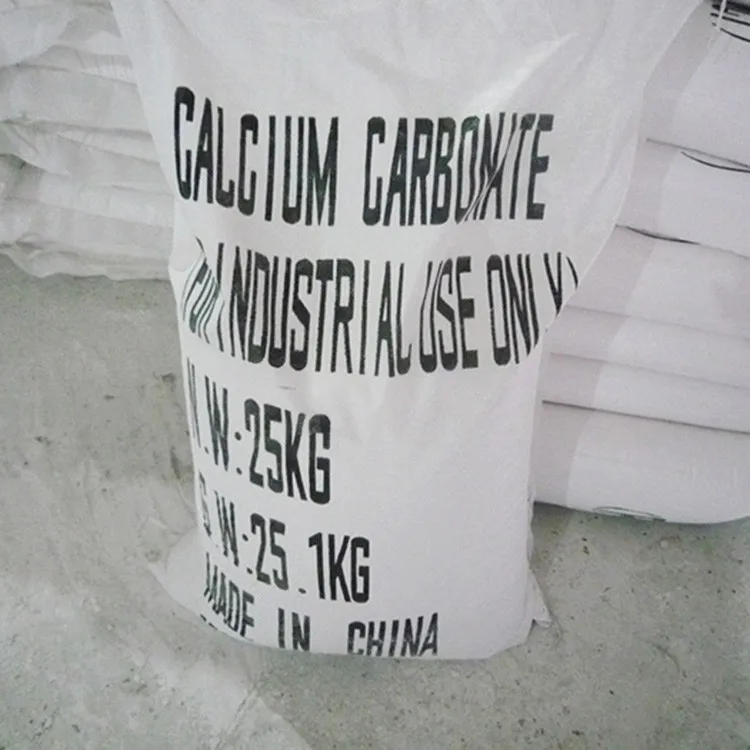

įor many years the molecular mechanisms linking the depletion of the ER with the Fluorescence microscopy The more appropriate name Store-Operated Calcium Entry (SOCE) was later adopted in the field. This mechanism of calcium mobilization was initially identified in parotid acinar cells and named capacitative calcium entry. Store-operated calcium entry (SOCE) is a phenomenon identified early as the activation of calcium influx into the cell, triggered by the depletion of intracellular calcium from the ER. The present review summarizes recent findings on the structural and functional aspects of SOCE, where SR microscopy has played a significant role.

In recent years super-resolution (SR) microscopy has provided new insights into the assembly of the SOCE complex at very high resolutions. In the last decade, many studies have presented new advances in our understanding of the molecular interactions and dynamics of SOCE components. The decrement of calcium in the ER is sensed by STIM1, which then oligomerizes and accumulates at ER-plasma membrane (ER-PM) junctions, where this protein recruits and activates Orai channels, resulting in calcium influx. Calcium release from the ER begins when G-protein-coupled receptors activate phospholipase C, provoking the generation of inositol 1,4,5-triphosphate (IP 3), which binds to the IP 3 receptors (IP3R) located at the ER membrane, opening this channel, and leading to the release of calcium from the ER into the cytosol. SOCE is activated by stimuli that release calcium from the endoplasmic reticulum (ER), which is the main reservoir of calcium in the cell.

SOCE is physiologically relevant in many processes, such as B- and T-cell activation, releasing of histamine and serotonin in mast cells, proliferation, differentiation, control of gene expression and many other cellular mechanisms. These molecules are the core of the SOCE, however other proteins also have important roles. One of the most important mechanisms for the control of calcium in non-excitable cells is the store-operated calcium entry (SOCE), which is constituted mainly of Orai channels and the protein calcium sensor STIM1 (Stromal interaction molecule 1). This kit is composed of calcium pumps, calcium sensors, calcium buffering systems, calcium - activated enzymes and calcium permeable ion channels. During evolution, cells have acquired a sophisticated toolkit to regulate the intracellular calcium concentration. Calcium has numerous roles in very different processes ranging from cellular division to cellular death for this reason, calcium concentration is finely controlled. The ion calcium is one of the most relevant second messengers in the cell.


 0 kommentar(er)
0 kommentar(er)
